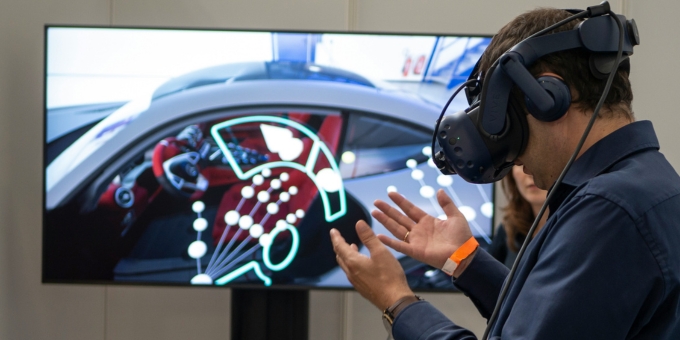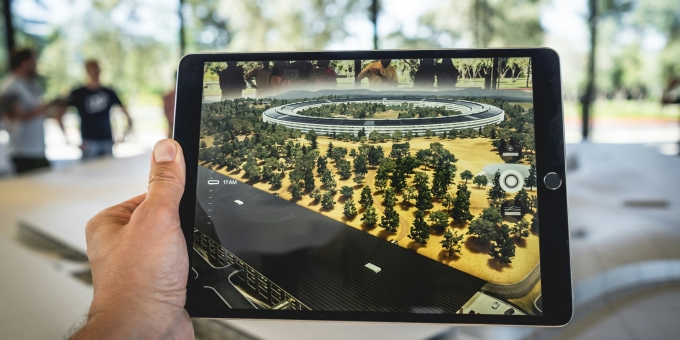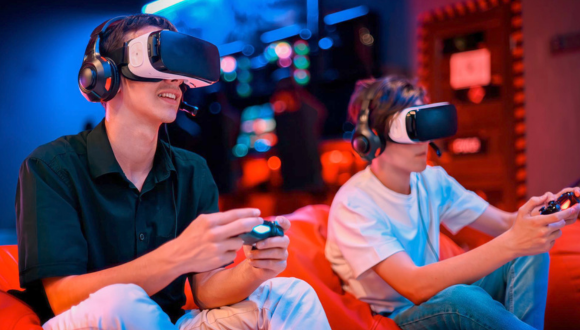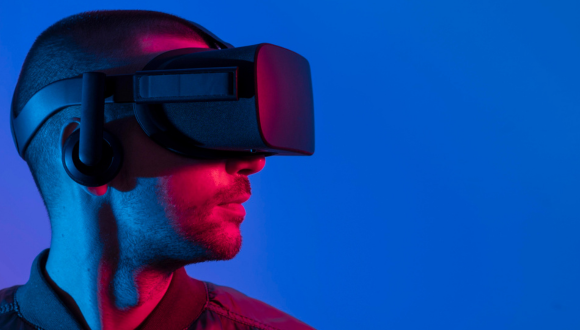Virtual Reality (VR) vs Augmented Reality (AR)
Virtual Reality (VR) and Augmented Reality (AR) are transforming gaming and more. Discover key differences, pros & cons, and examples of VR and AR in action.



Both virtual reality (VR) and augmented reality (AR) are rapidly expanding, especially in the gaming world. Each offers a unique way to experience digital content, but they do so in very different ways. Below, we compare VR and AR – looking at what makes them distinct, their pros and cons, how they’re used in gaming, and how they’re being applied beyond entertainment.
VR vs AR: What The Diffrerences
Virtual reality completely immerses the user into a simulated environment, while the augmented reality overlays digital elements on the real world. In simple words, the VR excludes the physical world and replaces it with a digital, while AR keeps you in the real world but adds new digital layers to it.

VR usually needs to wear a headset that covers your eyes (and often the ear) to give a completely virtual environment. In contrast, AR is often experienced through smartphone screen or transparent glasses, allowing you to see the real world with digital information on top. For example, a VR app can place you in a 360 ° space fight or a fictional forest, while an AR app can create a cartoon character on your coffee table through your phone's camera.

Pros and Cons of Each Technology
Both VR and AR have distinct advantages and limitations:
- VR Pros: Offers total immersion – great for simulations and escapism. You can explore dangerous or impossible scenarios safely (like piloting a virtual spaceship or practicing surgery). VR can be incredibly engaging for games and training since it feels “real.”
- VR Cons: Requires specialized hardware (headsets, controllers) which can be expensive. It also isolates you from your surroundings (you can’t see the real world while in VR), and some users experience motion sickness or eye strain during long sessions.
- AR Pros: Enhances reality without replacing it. It’s accessible – often just using a smartphone or tablet (no heavy gear). You remain aware of your environment, making AR suitable for on-the-go use. It’s great for integrating digital info into real tasks (e.g., navigation arrows on streets).
- AR Cons: Less immersive than VR – the experience is limited by the real world backdrop. On phones, AR content is viewed through a small screen, and AR glasses today have limited field of view. Digital elements might feel less convincing, and complex AR applications can be technically challenging to develop.
Virtual Reality Gaming
Virtual reality has provided experiences in gaming that have never been possible before. In VR games, you are completely inside the game world. Players usually wear a headset like Quest 2, Meta Quest 3 or HTC Vive, which tracks the head movement and often tracks controllers for interaction. This allows you to see and use your hands naturally within the game. For instance, in the popular VR game Beat Saber, you swing your arms physically to hit virtual blocks on time with music, in Half-Life: Alyx, you can manually reload weapons and dodge attacks as if you are actually in City 17. The immersion of VR can make horror games scary, action games more intense, and the simulation game (like driving or flight sims) feel realistic.

Another upside is the social aspect emerging in VR: multiplayer VR titles and virtual social spaces let players hang out or compete in shared virtual environments. However, VR gaming usually requires space to move around safely and mindful setup to avoid bumping into real-world objects. Despite these challenges, the consensus in the gaming community is that when done well, VR delivers a thrill and sense of presence that traditional games can’t match.
Augmented Reality Gaming
Pokémon Go is being played on a smartphone - a prime example of AR Gaming. Augmented reality has also found its place in gaming, mainly through mobile games that mix the gameplay with the real world. The most famous example is Pokémon Go, which became an event worldwide (with more than one billion downloads) players roam their actual neighborhoods to catch their real organisms, which appear on their phone screen, such as they were in local parks or on the footpath.

AR gaming tends to be more accessible than VR because almost everyone has a capable smartphone. Beyond Pokémon GO, other AR games and apps have emerged: for example, Harry Potter: Wizards Unite had players casting spells in their towns, and AR features in apps like Minecraft Earth brought block-building into real settings. These games overlay the game elements onto what your camera sees, so you might see a dragon perched on your kitchen table via your phone. The pros of AR gaming include its ability to merge with real-life activities (turning a walk in the park into a game quest) and its social play in public spaces. A challenge, however, is that AR games rely on your environment – gameplay can be affected by your location, weather, or safety considerations (players of Pokémon GO had to be careful to watch where they were walking!). Still, AR has proven that compelling games can literally come to you in the real world.
Conclusion
In summary, VR and AR provide different strength.VR provides you unique immersion by taking you out of reality, while AR adds digital magic to the world around you. In gaming, VR can put you inside the imaginary world, and AR can bring sports elements into everyday life.
Beyond sports, both education, training, healthcare and retail are proving their value, we work, work and shop. Instead of changing the second, VR and AR serve each unique objectives - and as technology advances, we can expect them to look even more to complement each other, making both sports and practical functions more interactive and exciting.




